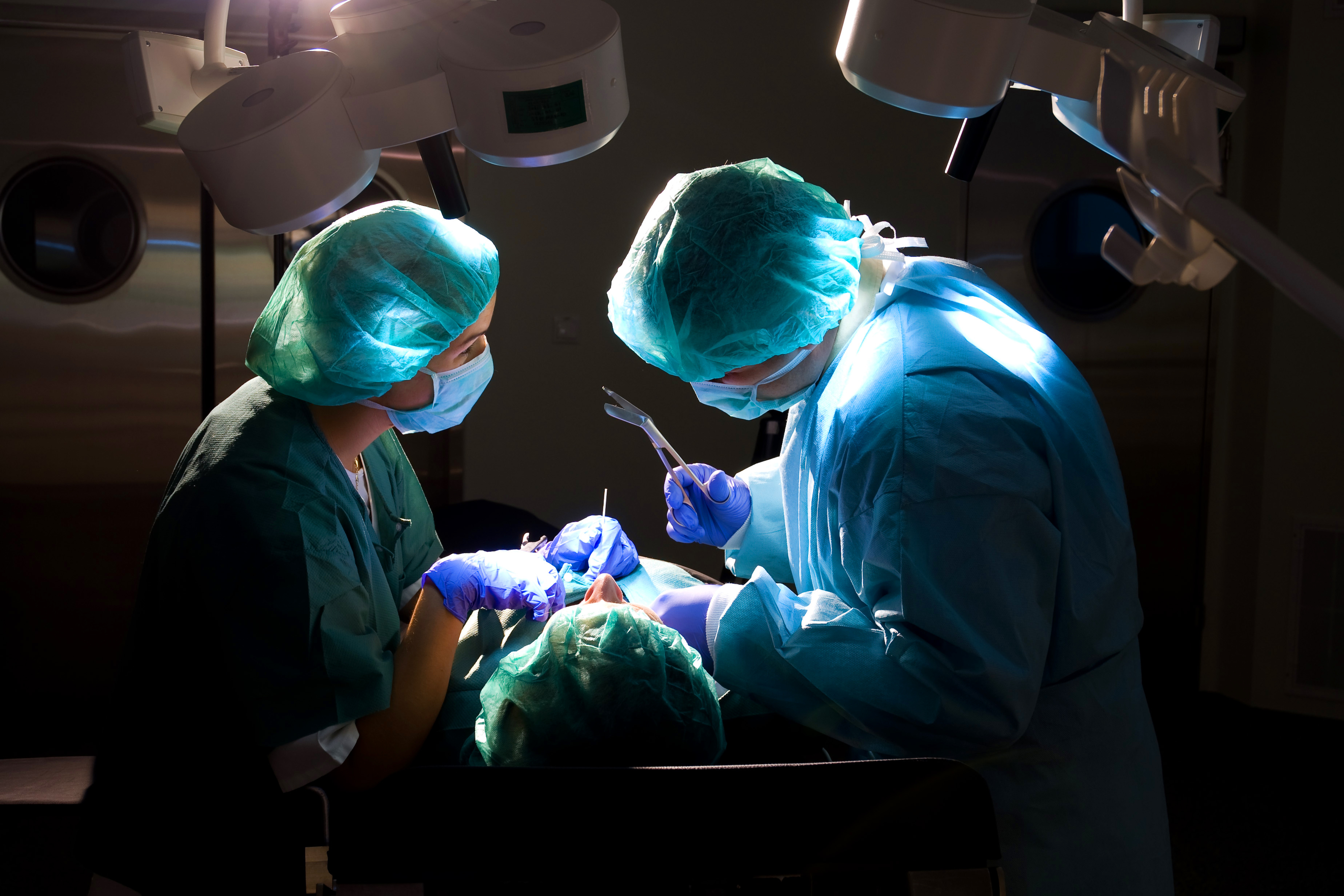An estimated one in three women in the U.S. has a pelvic floor disorder, a condition that often develops after bearing children and getting older. These disorders can lead to incontinence, painful intercourse and even the bulging or prolapse of pelvic organs into the vaginal canal.
Surgeons have been performing procedures to improve these symptoms for decades, but few studies have tracked how patients fared beyond the first couple of years after surgery. A Duke-led study published in the Journal of the American Medical Association followed women for five years after two common prolapse surgeries and found failure rates for both procedures were equally high, at over 60 percent.
However, surveys of the nearly 300 women in the study found that even for patients whose surgical adjustments regressed or caused new or worsening symptoms, more than half still reported that their quality of life five years later was much better than before surgery, and relatively few women sought retreatment.
“This was surprising to us,” said lead author J. Eric Jelovsek, MD, director of Data Science for Women’s Health in Obstetrics and Gynecology at Duke. “That failure rate was higher than we expected. But that does not necessarily align with how patients feel, and we don’t know why that is. It is possible the definitions we set for failure in this case were too stringent. We need to do some more research to understand what is the most optimal way to define success or failure, and how that factors in women’s quality of life and desire to seek retreatment.”

The randomized clinical trial, known by the acronym OPTIMAL, began in 2010 as an initiative of the National Institute of Child Health and Human Development (NICHD) Pelvic Floor Disorders Network. The mission was to compare two common treatments for prolapse — sacrospinous ligament fixation (SSLF), resulting in a 70.3 percent failure at 5 years, and ligament vaginal vault suspension (ULS), resulting in a 61.5 percent failure at 5 years. Participants’ median age was 57 years.
For both operations, surgeons access the affected area through the vagina, bringing points of the tissue upward to connect with ligaments on the pelvis. The goal is to reattach the woman’s own tissue to support pelvic organs and reduce incontinence. No synthetic mesh is used in either procedure.
If after five years, the repaired tissue descended past the upper third of the vaginal canal, researchers considered the surgery a failure. The procedure was also considered failed if the patient felt a bothersome bulge or sensation of prolapse, or were treated again with surgery or a removable pessary to relieve their symptoms. About 12 percent of ULS patients and 8 percent of SSLF patients were treated again with one of these options.
The trial also evaluated whether several weeks of behavioral therapy and pelvic muscle floor training could improve success rates for either procedure, but there was no significant difference in outcomes.
The results suggest that neither procedure might work as well in the long-term as surgeons once thought, Jelovsek says.
“We may be at the point where we need to think of treating prolapse as treating a chronic disease that’s likely to return over time” Jelovsek says. “It’s like getting a hip or knee replaced. Will your quality of life improve? Yes. Is it worth it? Absolutely, but down the road this will likely be something we’ll have to revisit.”
However, he adds, “These are still very reasonable surgical options to regain quality of life. The surgical improvements to the anatomy might gradually regress, but the relief is significant enough that after five years, more than half of the women report their symptoms were still improved.”




